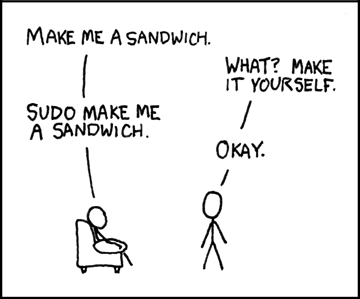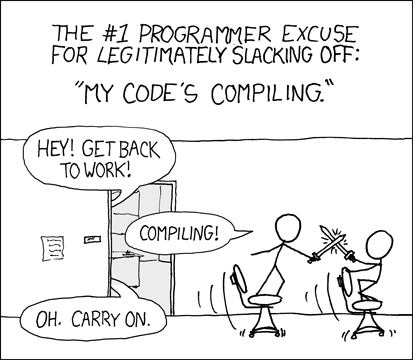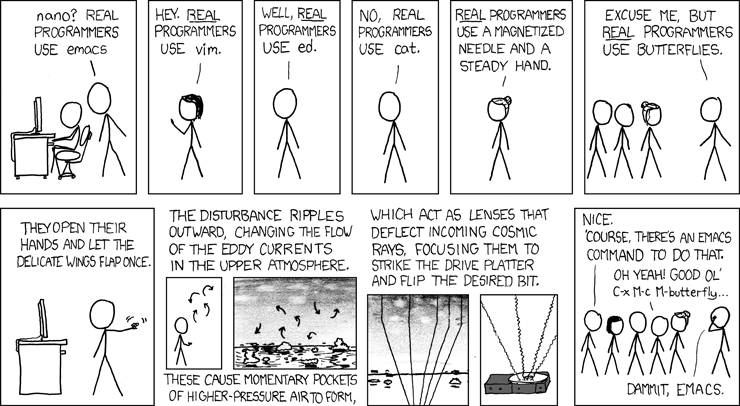Good points rproffitt! The typical disaster plan here is unwritten and typically goes like this:
"Oh crap! There's a problem! Quick! Restore a backup!" Amazingly it works more often than I would care to admit.
Reverend Jim -- You mean something like this:

I'm literally in column index hell with this! There's even an obsolete message associated with the method used! It's making me crazy.





